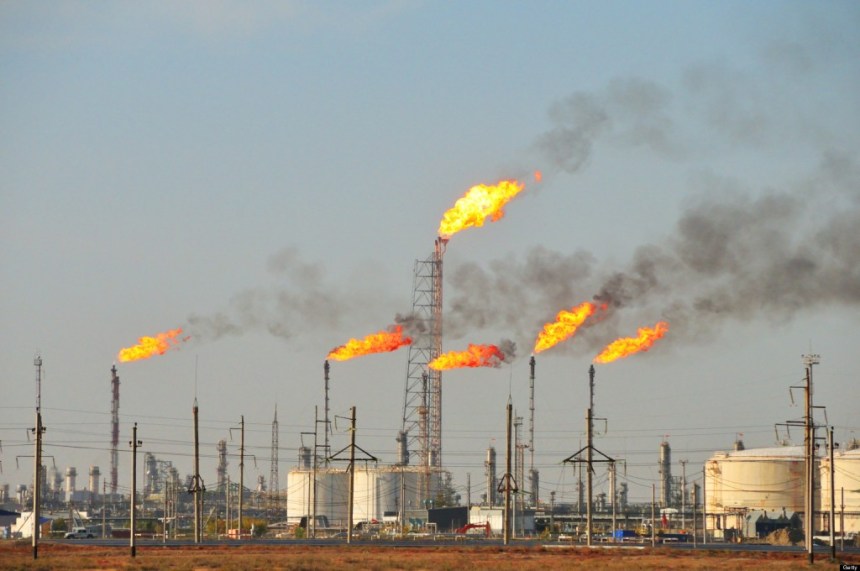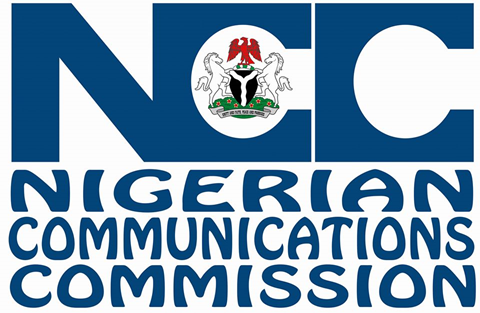By Uche Uwaleke
National poverty and inequality
On the recently released national poverty and inequality numbers for Nigeria, the National Bureau of Statistics deserves commendation for successfully conducting the Living Standards Survey nearly 10 years after the last one was done. This particular survey, conducted with support from the World Bank, witnessed a clear departure from the previous exercises, especially in the area of methodology.
Of note is the use of consumption expenditure approach rather than income measure, which the NBS justified as being in line with best practice. If the new National Poverty Line is N137,430 or $361 per person per annum, which translates to $ 0.98 per day and captures about 40% of the total population, it tells of considerable improvement over the years. The same conclusion can be drawn regarding the Gini index, a measure of economic inequality, which has seemingly improved from over 50 to 35. Be that as it may, given the country’s average growth rate in the last ten years vis-a-vis population growth rate, it stands to reason that more people may have dropped below the poverty line than this survey result suggests. By the same token, income inequality may have widened in the light of the jobless nature of GDP growth rates even in periods of high crude oil prices. So, to say that in today’s Nigeria, only 4 out of 10 persons are poor – by whatever yardstick – and that economic inequality is low as suggested by the low Gini index leaves much to be investigated. Future surveys should consider increasing the sample size of households from the current 22,110 to make it more representative in a country of nearly 200 million people. The government is advised to see what use it can make of these survey results while seizing the opportunity of COVID-19 to pursue pro-poor policies. Given the critical place of accurate data in this regard, adequate funds should be made available to National Bureau of Statistics to be able to deliver on its mandate.
Reduction in budget oil reference price
Regarding the reduction in the reference price for crude oil in the 2020 Budget, it would be unrealistic to stick to $30 dollar per barrel in view of unfavourable developments in the international crude oil market and against the backdrop of the forecast by the International Energy Agency of low oil demand through 2020. Even when major oil consumer nations such as the US, China and India eventually reopen their economies, the quantum of accumulated unsold inventory will not allow prices to recover appreciably. In any case, I expect that a lot of traders, leveraging derivatives, must have locked-in low prices for future delivery of crude oil at least for the next few months in view of the uncertainties occasioned by COVID-19. By implication, in the event of an unlikely oil price spike, oil revenue may not be significantly impacted. So, the haircut in oil price benchmark stands to reason. I had also expected a further slash in oil production benchmark from 1.7 million barrels per day for the same reason I mentioned earlier. Given the current supply glut, only a deep cut in output by OPEC and OPEC+ will save the day. The fact is that a budget is supposed to be guided by the principle of conservatism, which means those saddled with the responsibility of its preparation are expected to err on the side of caution. If at the end of the day, oil price appreciates above the budget reference price, then it presents an opportunity to build buffer or earmark any excess for critical infrastructure. Having noted that, the implication of this development is grave not only for the federal government but also for state governments whose budget assumptions are also predicated on that of the former. It calls for cost cutting measures and prioritization of spending. Borrowing to finance the deficit should only be made after a thorough cost and benefit analysis.
Because oil revenue drives the economy even though it constitutes just roughly 10% of GDP, the economic headwinds of 2020 occasioned by the twin shocks of oil price crash and the Coronavirus pandemic will combine to depress economic activities in Nigeria. So, the projection of a 3.4% negative GDP growth rate should not surprise anyone. Faced with this reality, the major concern of the government should be to reduce the recession cycle and minimize its knock-on effect on the ordinary citizen through the right spending, targeting Health, Education, Power and Roads, while the CBN continues to focus on and possibly scale up its interventions in agriculture and small and medium enterprises.
Halt to bank staff layoffs
The decision to stop banks from laying off staff is a welcome development in order not to create economic hardships for the families of workers in that sector, considering that government’s COVID-19 mitigation measures are geared towards protecting jobs. In any case, the agreement was reached with the Bankers Committee. So, I expect that the CBN and the CEOs of banks must have worked out ways to cushion the rising costs of bank operations and liquidity challenges occasioned by the pandemic. In addition to the forbearance package already extended to Deposit Money Banks by the apex bank, I want to bet that the CBN’s MPC will reduce the Cash Reserve Ratio from the current 27.5% when the members meet later this month








